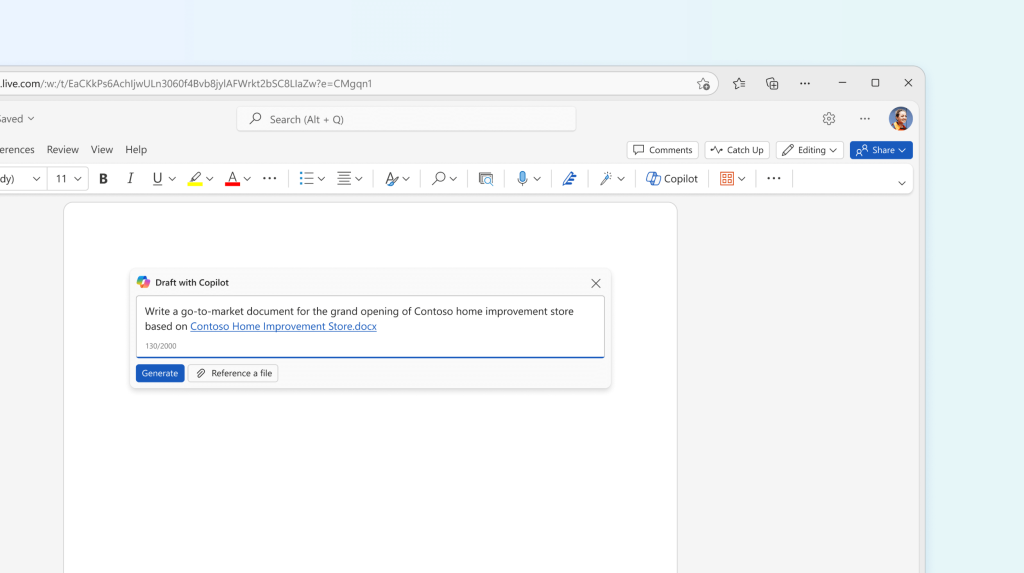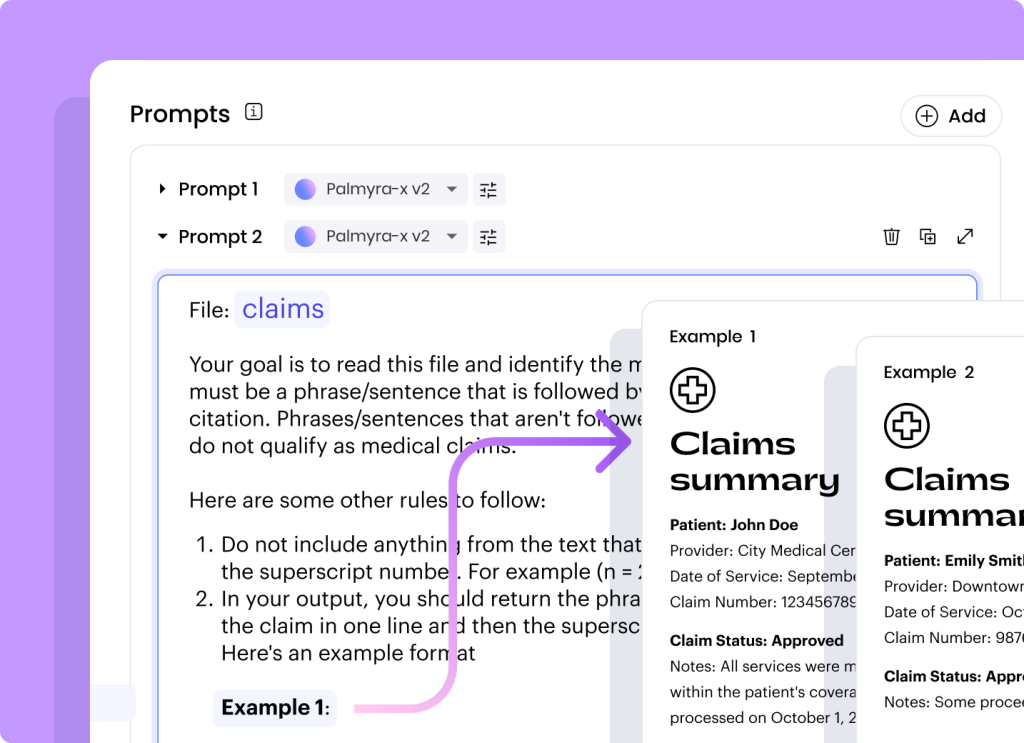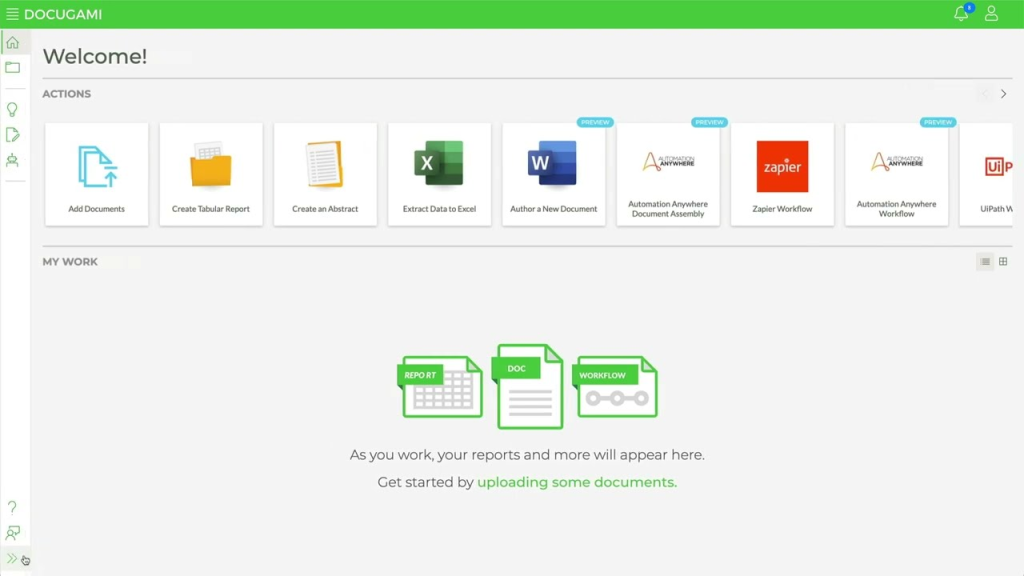
Managing documents has always been a cornerstone of business operations, but the process is evolving rapidly thanks to artificial intelligence. AI Document software is no longer just about organizing files – it’s about transforming the way we create, process, and retrieve information. From smart content classification and metadata tagging to real-time collaboration and automated compliance checks, these tools empower teams to save time, reduce manual effort, and maintain consistency across every document. In this comprehensive guide, we’ll break down how AI Document software works, key features to look for, and the top platforms reshaping document management in 2025.
Quick Overview of Best AI Document Software
- FuseBase – AI document management and client collaboration
- Microsoft Copilot (Word) – enterprise-grade document creation
- Notion AI – collaborative note-taking and internal documentation
- Writer – brand-safe, enterprise-level content management
- Docugami – document transformation and automation
What Is an AI Document Software?
An AI Document is a software solution that uses artificial intelligence to help users create, edit, analyze, manage, or automate documents. Unlike basic document editors or file managers, these tools leverage natural language processing (NLP), machine learning, and large language models to understand and process content in smarter ways.
These tools go beyond traditional file systems by incorporating smart tagging, auto-classification, content recognition, and metadata extraction. They can even detect document types, flag inconsistencies, and surface relevant files based on natural language queries. The goal is to reduce manual overhead and ensure that critical business documents are always structured, searchable, and securely managed – whether across internal teams or client-facing portals.
Features to Look for in AI Document Software
AI Document software goes far beyond file storage or basic editing tools. It introduces a layer of intelligence that helps businesses manage, organize, and retrieve documents at scale – with accuracy, speed, and control. These platforms are purpose-built to reduce manual workload and bring clarity to document-heavy environments. Here are the key features that make AI-powered document management systems indispensable:
1. Smart Document Classification and Tagging
AI automatically detects the content and context of uploaded documents – whether it’s a contract, invoice, or project plan – and applies relevant tags or categorizes them accordingly. No more manual sorting or guessing where a file belongs. Everything is organized in real time, making it easier to maintain a structured and scalable document system.
2. AI-Powered Search and Retrieval
Advanced semantic search understands natural language queries, allowing users to type phrases like “last signed vendor agreement” or “budget plan Q1 2025” and instantly retrieve the most relevant document. It eliminates the need to remember exact filenames or folder paths, dramatically reducing time spent hunting for documents.
3. Automatic Metadata Extraction
AI extracts important information such as dates, names, company names, or contract values from documents and populates metadata fields automatically. It enables faster filtering, searching, and integration with CRMs, ERPs, and other business systems without manual data entry.
4. Version Control and Change Tracking
Track edits, monitor document versions, and ensure teams are always working on the most up-to-date version – even across remote or asynchronous teams. It prevents confusion caused by duplicate or outdated files and ensures a clean audit trail for compliance and accountability.
5. Intelligent Access Control and Permissions
Set permissions by role, department, or external collaborator. AI can even suggest access rules based on document type or historical usage patterns. It keeps sensitive documents secure while enabling seamless collaboration across departments or with clients and vendors.
6. Automated Workflows and Document Routing
Trigger specific workflows when a document is created, uploaded, or updated – such as sending it for approval, archiving, or notifying a stakeholder. It saves hours of manual processing and reduces bottlenecks in document-heavy tasks like onboarding, procurement, and compliance.
7. Real-Time Collaboration and Commenting
Users can collaborate within the document interface, using real-time editing, suggestions, and threaded comments. It makes cross-functional teamwork smoother and keeps all feedback centralized and documented.
8. AI-Generated Summaries and Previews
For long documents or reports, AI can generate a short summary or highlight key sections, making it easier to understand the content without reading the entire file. It helps stakeholders make quicker decisions by instantly getting the gist of a document.
5 Best AI Document Tools for Smarter Document Management
AI-powered document software helps businesses transform how they create, manage, analyze, and collaborate on documents. From contract automation to internal knowledge sharing, these tools eliminate manual overhead, improve clarity, and ensure consistent workflows. Here are the top platforms leading the way:
1. FuseBase – Best for AI Document Management and Client Collaboration

FuseBase is a powerful AI-enabled platform that combines document creation, project management, automation, and client portals into a single, unified workspace. It allows teams to generate documents using AI, organize them in folders, and share them securely with both internal collaborators and external clients. Designed with service-based businesses, consultants, and growing agencies in mind, FuseBase includes granular permissions, real-time AI chat assistance, and automated workflows that reduce friction and save time.
Why choose FuseBase:
- AI-powered content generation, document summaries, and contextual suggestions.
- Fully branded client portals with document sharing, approvals, and uploads.
- Advanced permissions for internal and external stakeholders.
- Workflow automation and triggers for document actions (e.g., auto-tagging, reminders).
- Real-time editing, threaded comments, and visual folder navigation.
🤖 Example of how AI Agents transform your work
2. Microsoft Copilot (Word) – Best for Enterprise-Grade Document Creation

Microsoft Copilot brings OpenAI-powered generative capabilities directly into Microsoft Word and other Office 365 applications. It’s built for enterprises and professionals already working in the Microsoft ecosystem, making AI-enhanced document management seamless within existing workflows. Users can ask Copilot to generate reports, edit paragraphs, summarize long documents, or even extract insights from Excel and Outlook – making it a truly integrated productivity solution.
Why choose Microsoft Copilot:
- Deep integration with Word, Excel, PowerPoint, and Teams.
- Create dynamic documents using internal data sources from Office tools.
- Reliable compliance, security, and access control for large organizations.
- Strong for formal document formats like reports, board presentations, and audits.
- Familiar UI with powerful new AI capabilities embedded.
3. Notion AI – Best for Collaborative Note-Taking and Internal Documentation

Notion AI is an extension of the popular Notion workspace, designed to supercharge team collaboration with intelligent writing and content generation features. It’s perfect for teams who manage internal documents like meeting notes, SOPs, team wikis, and project updates. The AI seamlessly integrates into Notion’s block-based editor, allowing users to auto-generate summaries, brainstorm ideas, rephrase content, and automate structure – all while keeping information organized in a shared space.
Why choose Notion AI:
- Ideal for team-based documentation like wikis, how-to guides, and internal briefs.
- Quickly summarize meeting notes or long pages with a single click.
- Generate draft content from short prompts directly inside the workspace.
- Enhances knowledge base creation with faster, cleaner content output.
- Unified platform for docs, databases, tasks, and collaboration.
4. Writer – Best for Brand-Safe, Enterprise-Level Content Management

Writer is an enterprise AI writing platform built to enforce consistency, compliance, and brand standards across all business content. It’s especially useful for teams that create high-volume documentation such as training materials, product content, legal docs, or customer communications. With features like custom AI models trained on your brand voice, in-depth style guides, and audit-ready tracking, Writer ensures that every document reflects your standards.
Why choose Writer:
- AI trained on your brand tone, terminology, and voice guidelines.
- Real-time grammar, clarity, and compliance checks at scale.
- Ideal for regulated industries (finance, healthcare, legal).
- Centralized style enforcement and approval workflows.
- Supports structured content creation and knowledge documentation.
🤖 Another example of AI that transforms how businesses work:
5. Docugami – Best for Document Transformation and Automation

Docugami is a powerful AI platform that helps organizations transform unstructured business documents into structured, reusable data. It’s built for industries that rely heavily on contracts, policies, and reports – and need to extract insights, automate workflows, or build document templates. Docugami learns from your existing documents and helps automate drafting, risk analysis, clause comparison, and document assembly – all while maintaining structure and formatting.
Why choose Docugami:
- Extracts structured data from existing documents for reuse.
- Automatically generates templates and variants of complex docs.
- Designed for contracts, compliance documents, and financial reports.
- Reduces time spent on repetitive drafting and review.
Summing Up
AI Document Software is revolutionizing how businesses manage their documents, making creation, organization, collaboration, and automation smarter and faster. When selecting AI Document Software, prioritize platforms that match your use case – whether that’s client communications, internal collaboration, or contract automation.
- FuseBase – Best for organizations that need a unified system to manage documents intelligently across teams and clients.
- Microsoft Copilot – Perfect for large, document-heavy teams in corporate or regulated environments.
- Notion AI – Best for collaborative internal teams managing knowledge.
- Writer – Ideal for content teams that need brand and legal consistency.
- Docugami – Perfect for legal, compliance, procurement, and finance teams.
Among the available platforms, FuseBase stands out as the best all-in-one AI document solution. It combines powerful AI capabilities with structured document management, client-ready portals, and seamless collaboration – making it the top choice for growing teams and service-focused organizations.